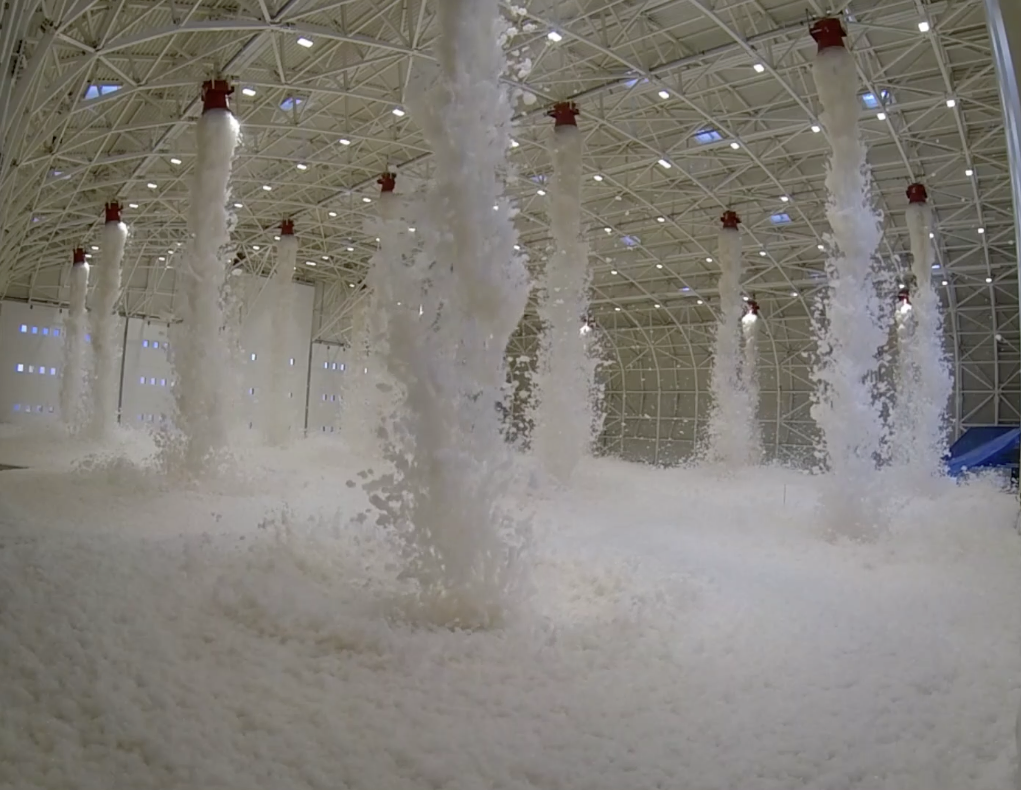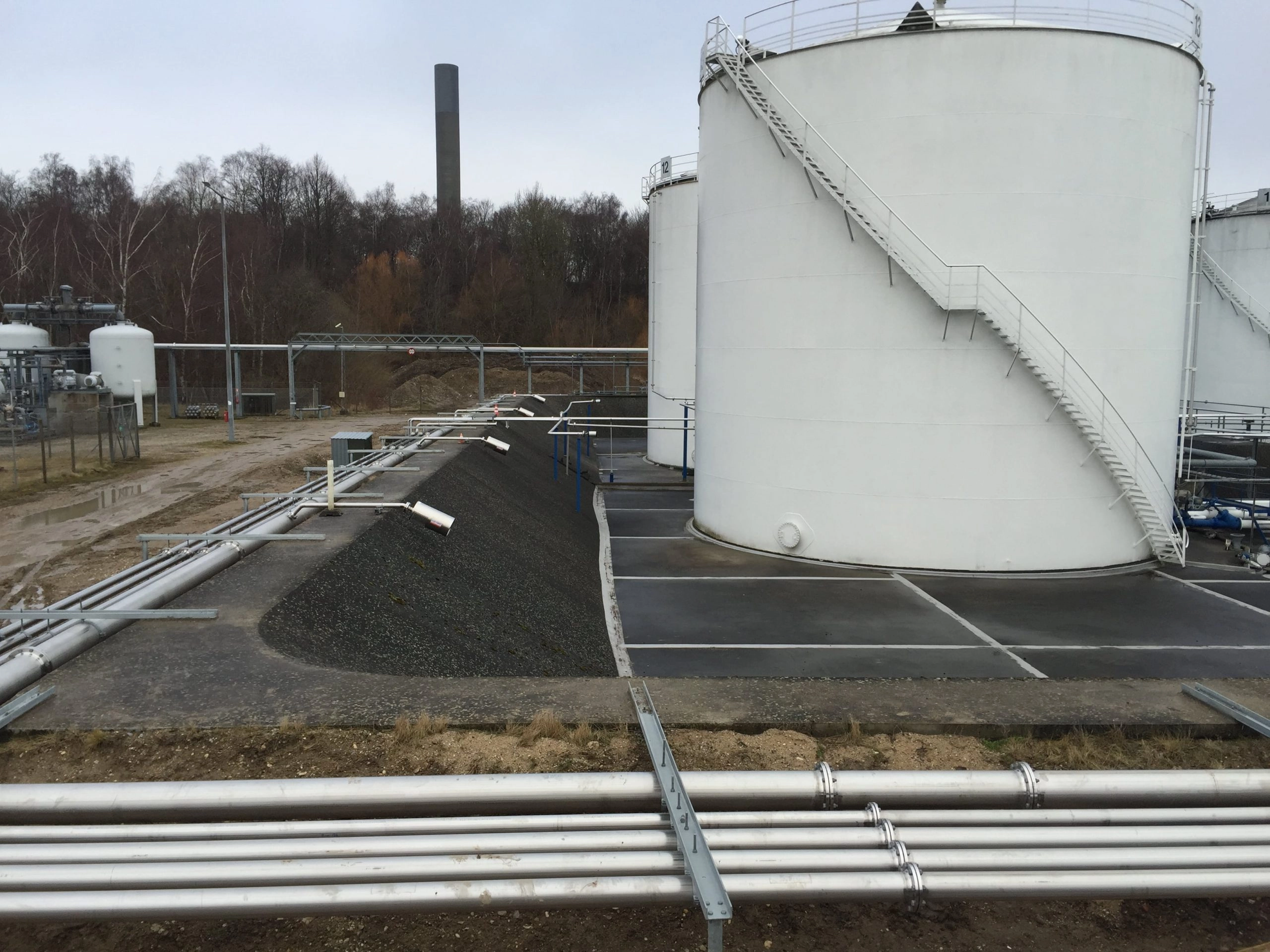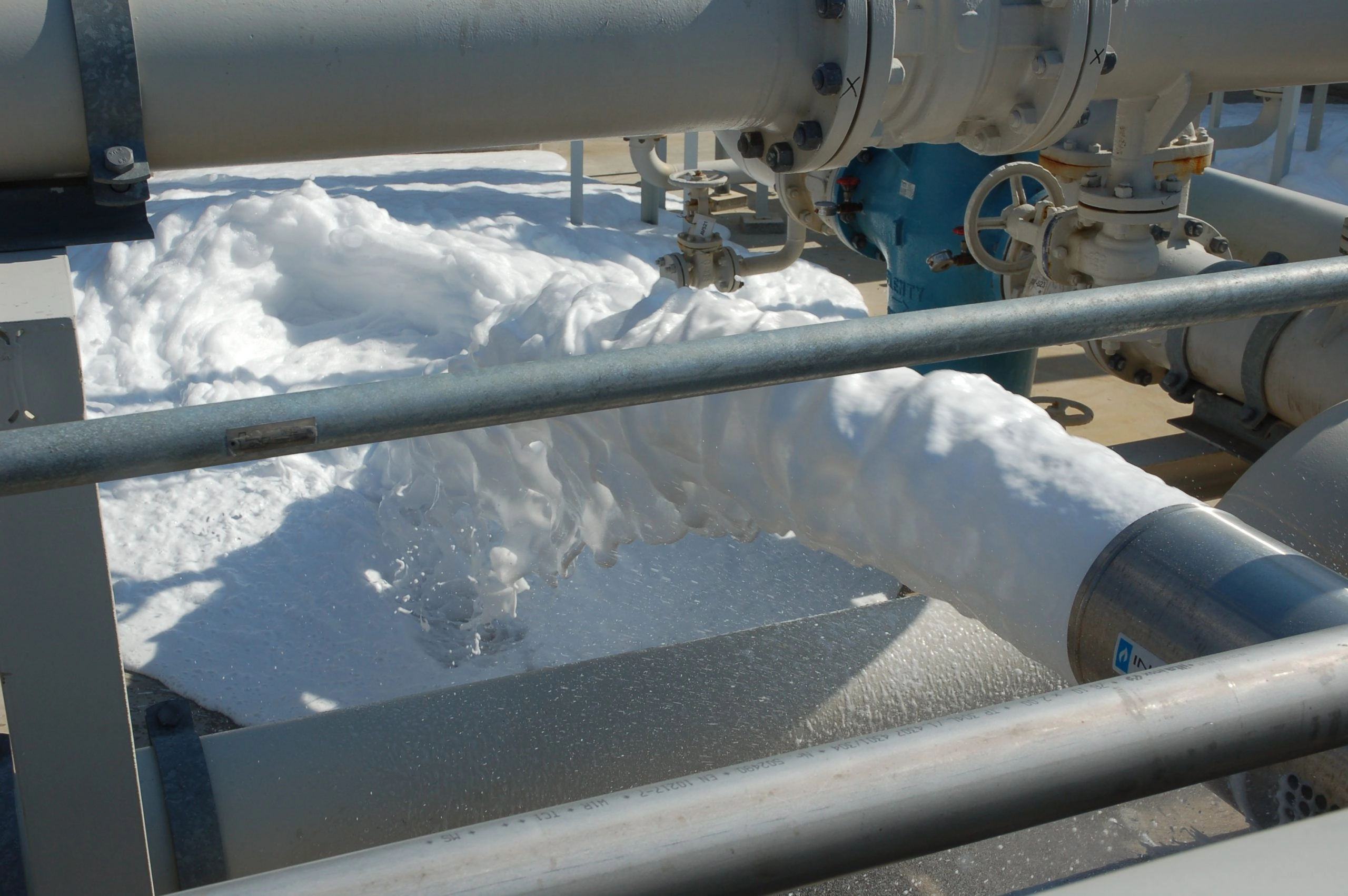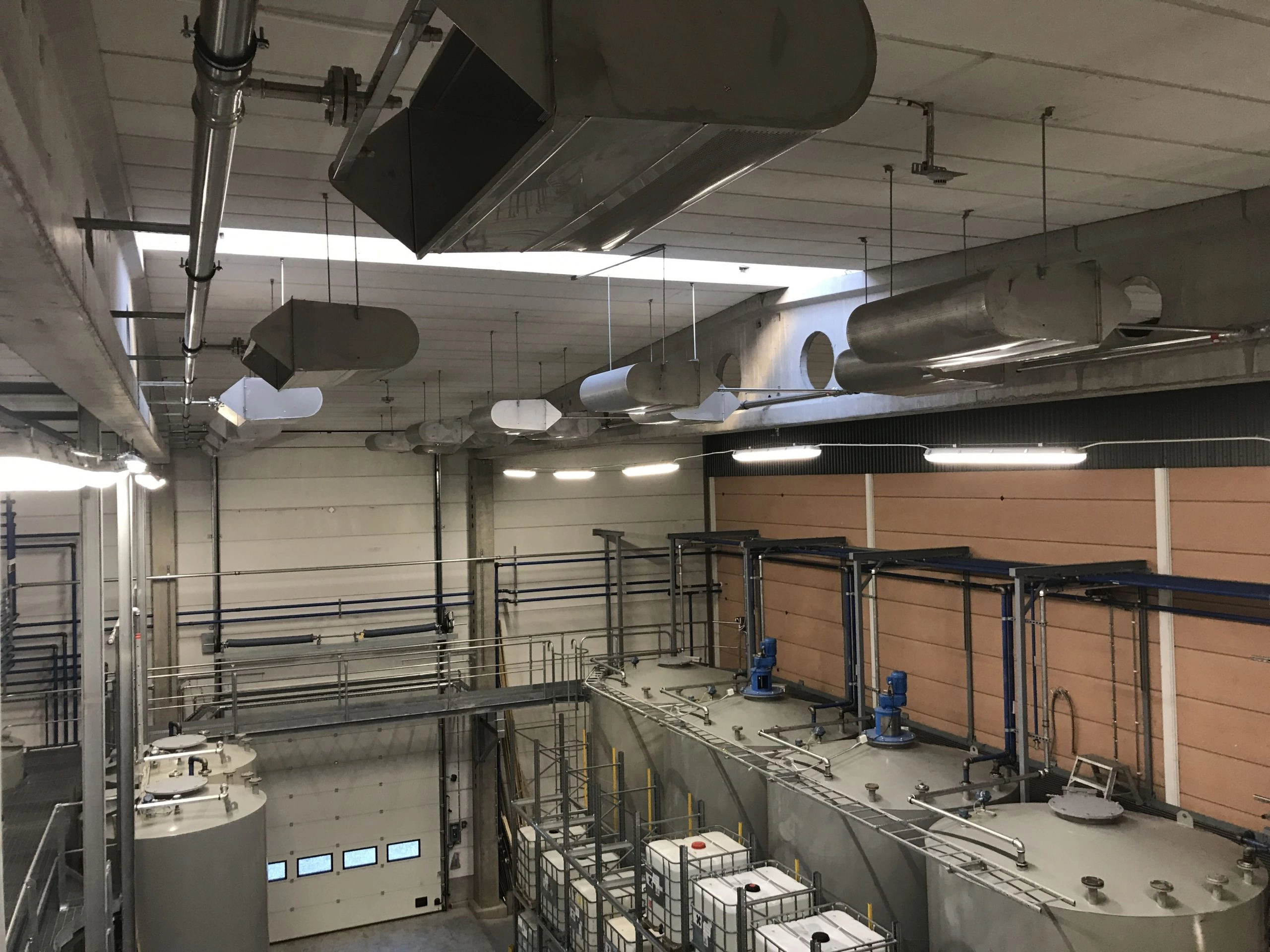Foam pouring systems use a variety of foam-based fire suppression agents to douse flames in environments where water is not suitable for firefighting purposes.
There can be many reasons why water is not an appropriate firefighting fluid, ranging from the nature of the working environment, to the types of materials in use there.
By using foam pouring systems instead, you can still mitigate fire hazards in such locations, to protect equipment and human safety and to prevent financial losses if a fire breaks out.
If you would like to discuss our foam pouring systems, or any of our other fire suppression solutions, contact us today on 0800 254 5259 or fill in the contact form.
Request a Quote Today!
Fire Protection Guide
Not sure which fire protection system you need? Check our comprehensive Fire Protection Guide.
How do foam pouring systems work?
A foam pouring system typically includes three main components: a foam maker, vapour seal box and foam pourer.
They may be known by several other names, including top pourers, tank pourers and bund pourers, especially when used to protect the bunds surrounding chemical storage tanks.
Where maximum protection is needed, the foam pourer can be triggered by an automated fire detection system, which monitors for visible sparks or flames, infrared thermal energy, or a rapid rise in temperature.

Automatic or manual triggering can be used to deluge the target area with a large amount of foam. This expands as it is released, to create a thick, effective insulating blanket and prevent the fire from contact with oxygen and/or fuel.
This unbroken insulating blanket has an additional benefit, as it can smother any toxic vapours, protecting personnel in the area until they can evacuate.







